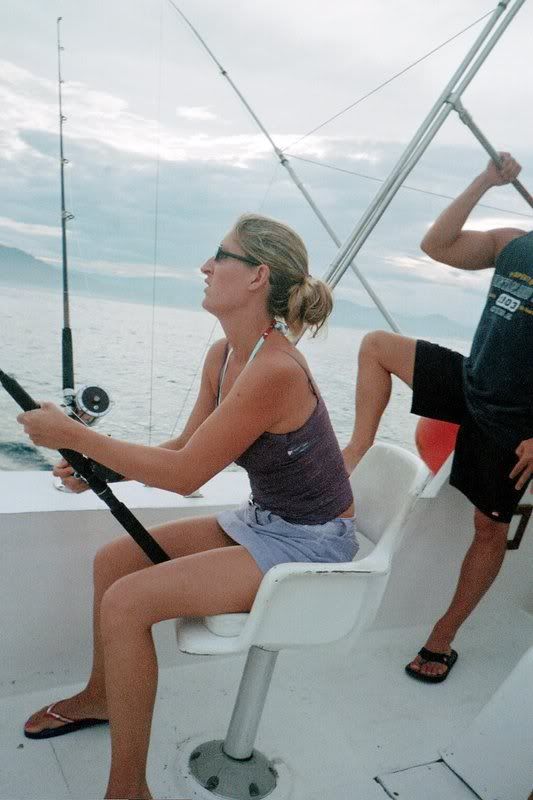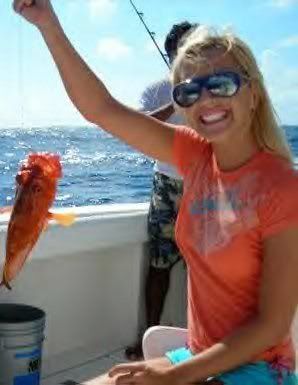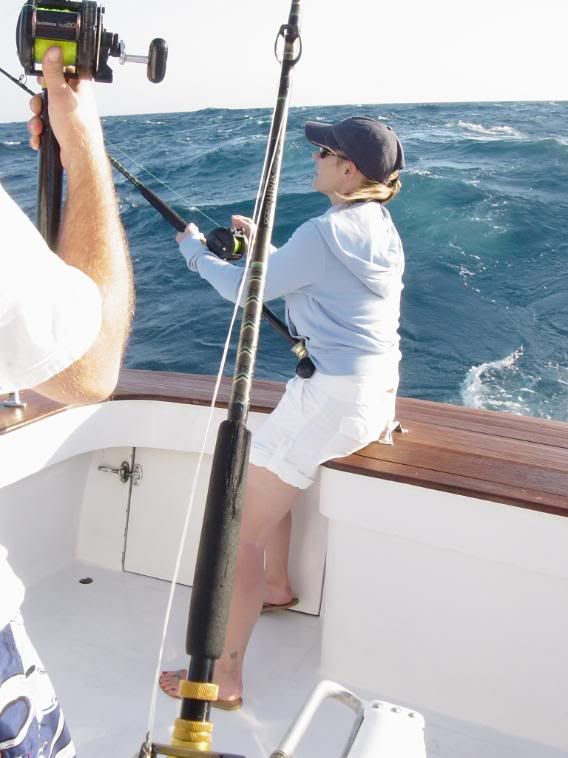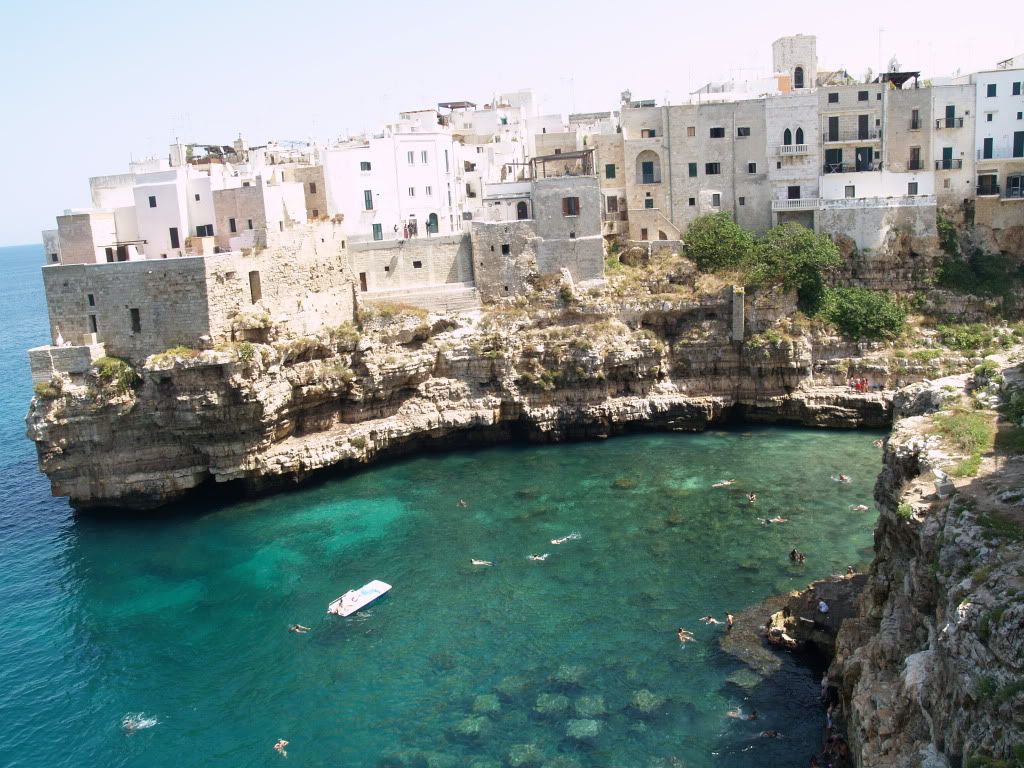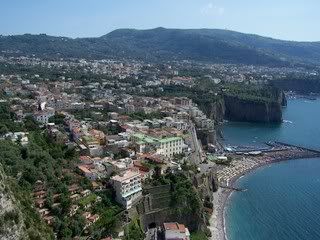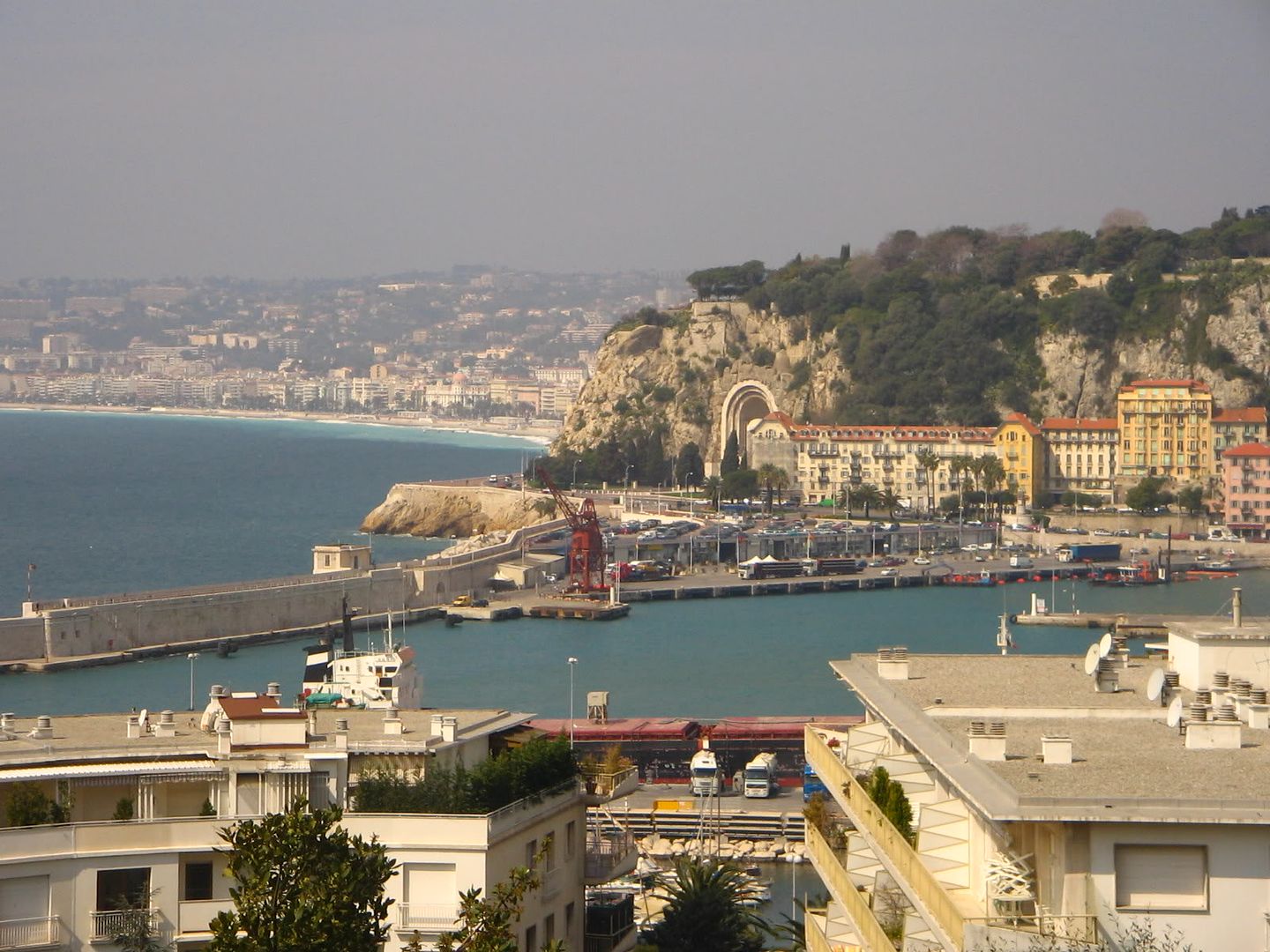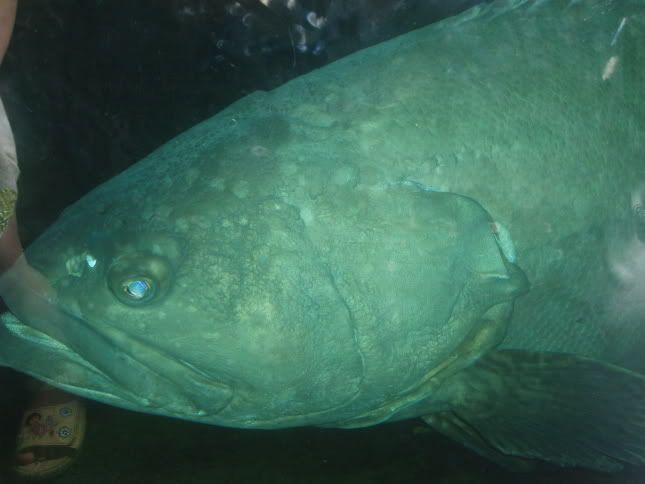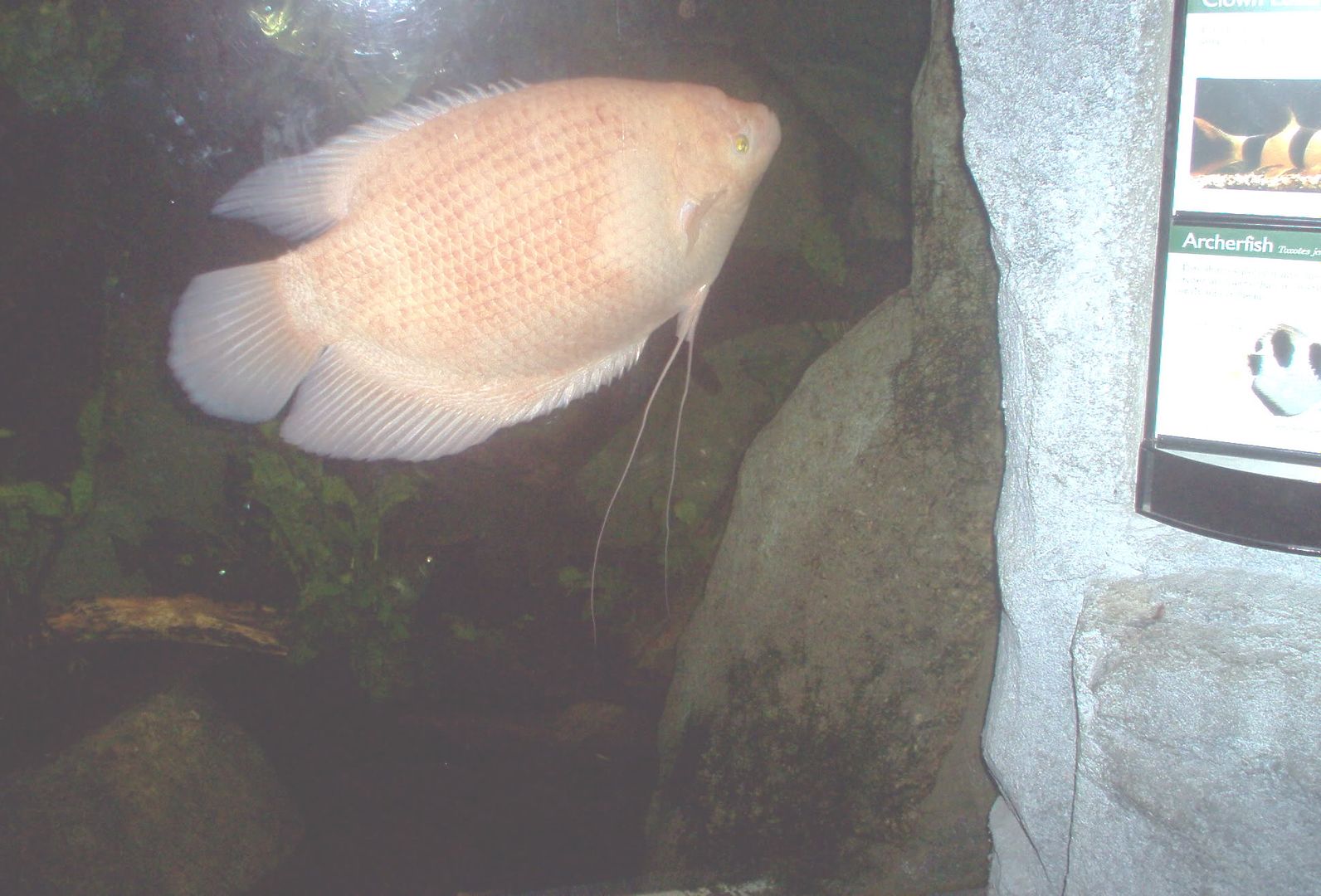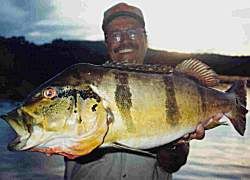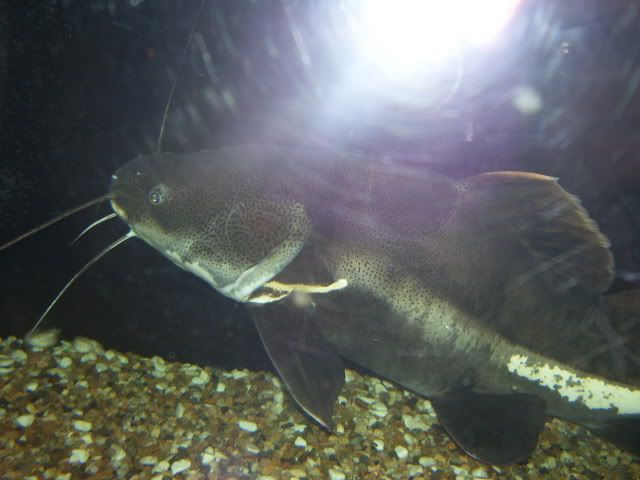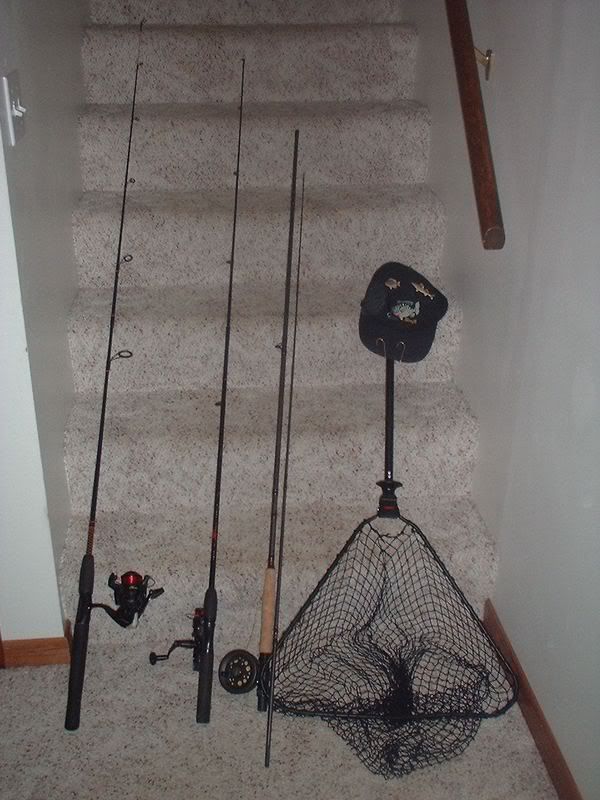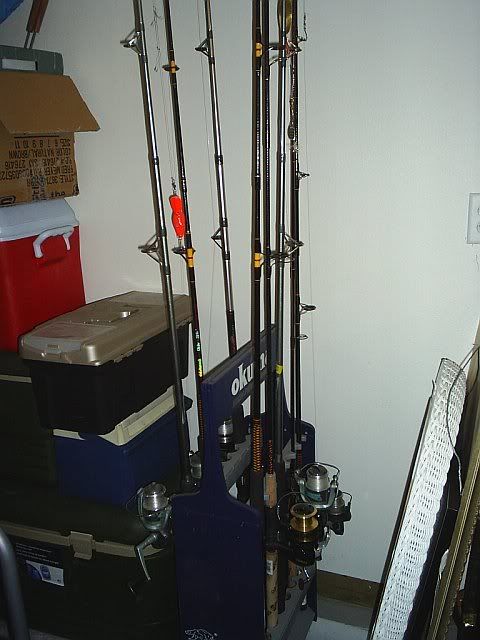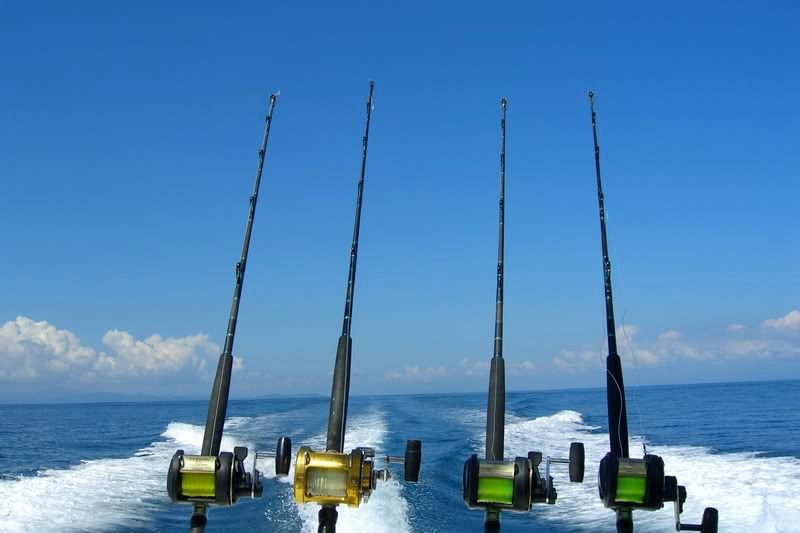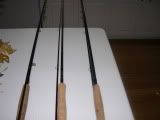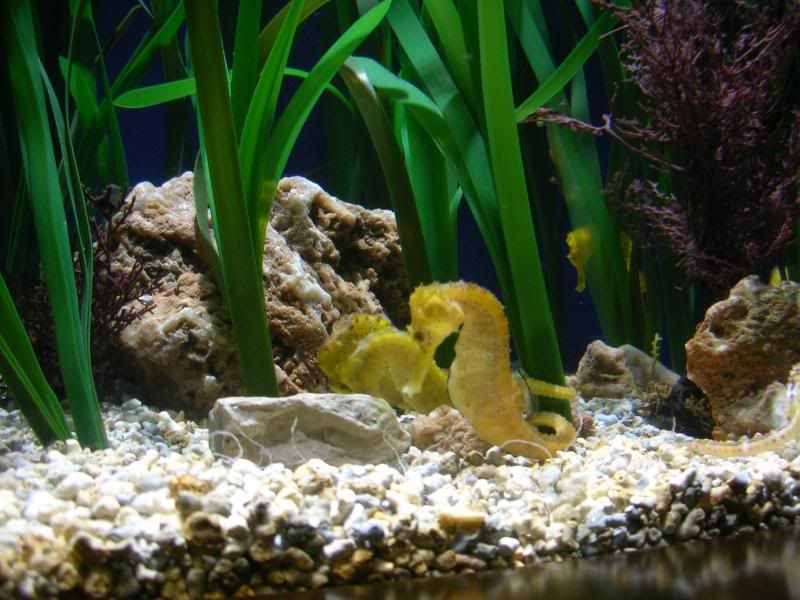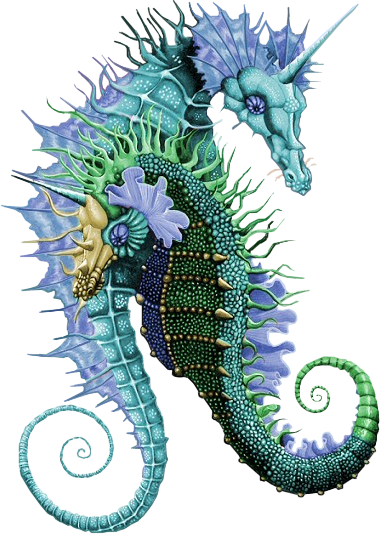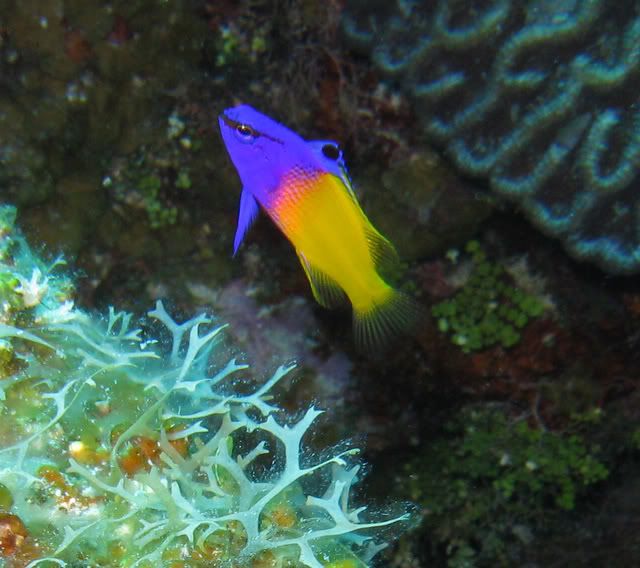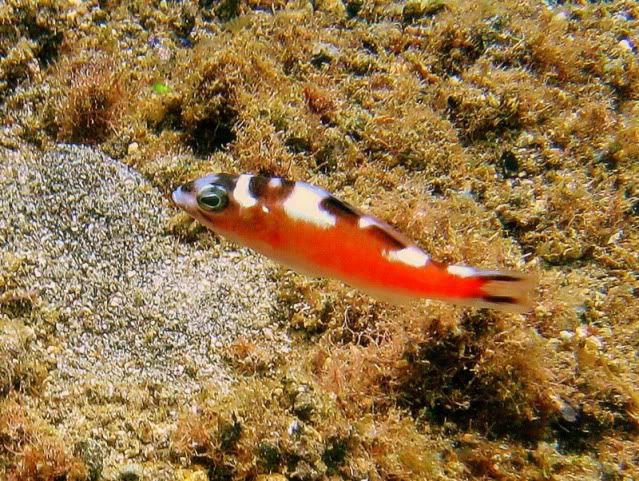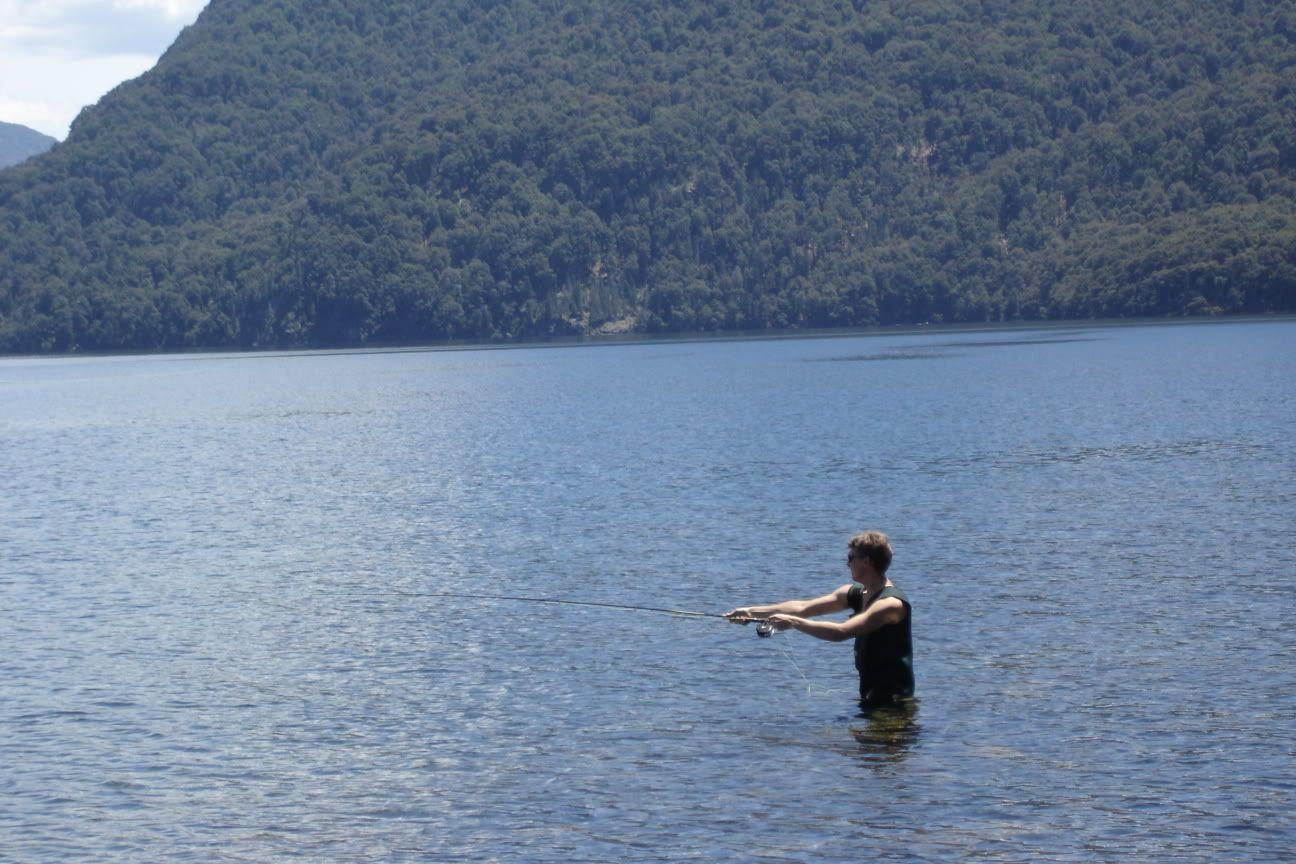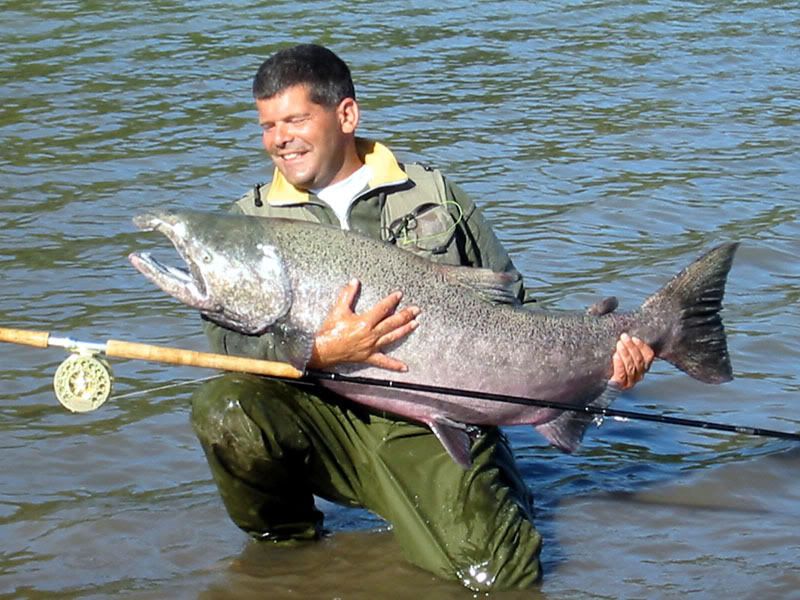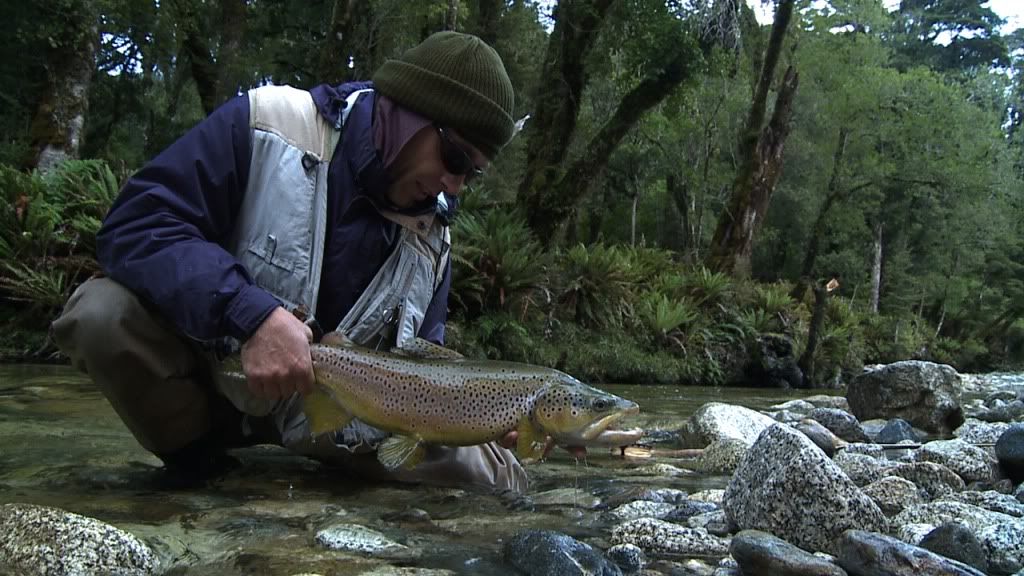When fishing from the shore at a new venue that I have never fished before, I find the best practice is to visit the mark the day before and check the destination out. For instance visiting on a low tide will enable me to view where any rocks or weed is. If there are anglers at the venue I can sit for hours just watching how the fish the destination. Many tips can be picked up just watching the local's fish; after all it is the locals who should be the experts here.
As a fisherman for many years now, I would highly recommend this great pastime to anybody who is thinking about taking up the sport. It has to be one of the best ways to unwind, when all you have to think about is enjoying the tranquility and enjoyment that fishing can bring you.
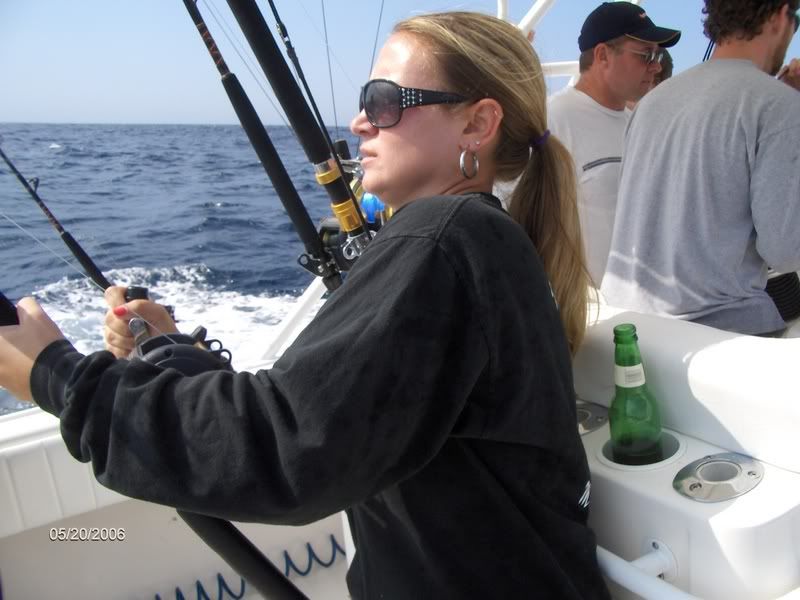 You will be pitting your wits against the fish; out thinking the fish is not as easy as some may think. You can acquire the best and most expensive fishing tackle in the world, have all the baits you can carry but it does not guarantee you will catch fish at all. I have fished many times on consecutive days and one day I can catch nothing and the next day fish just seem to jump out of the water.
You will be pitting your wits against the fish; out thinking the fish is not as easy as some may think. You can acquire the best and most expensive fishing tackle in the world, have all the baits you can carry but it does not guarantee you will catch fish at all. I have fished many times on consecutive days and one day I can catch nothing and the next day fish just seem to jump out of the water.Boat fishing creates many more angling challenges to a fisherman but the rewards can be massive, challenges seem to come as second nature to the keen angler. With boat fishing we can find wrecks where some fantastic fishing can be had but a lot of the wrecks first of all have to be found. Wreck fishing can also be very hard work, countless numbers of fish have sometimes been found around wrecks. So if you thinking of fishing as a very relaxed hobby you may have to think again.
My particular favorite sea fishing is on a boat, I am always amazed of the different species and size of fish from the sea. You can never take for granted sea fishing, I often get jealous of those who live by the sea and can just go sea fishing whenever they want. For me sea fishing is a real treat.
Chris has been enjoying writing articles for nearly 3 years. Come and visit his latest website over at http://www.pennfishingreelsshop.org/ which helps people find the best Penn Fishing Reels and information they are looking for when buying fishing reels.
Article Source: http://EzineArticles.com/?expert=Christopher_John_Bennett
See my previous post:Fantastic Fishing Holidays in Europe
